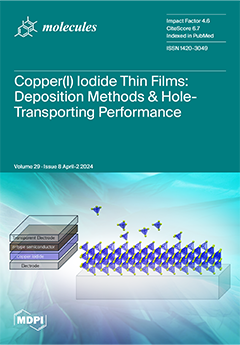The NASICON-structured Na
3MnZr(PO
4)
3 compound is a promising high-voltage cathode material for sodium-ion batteries (SIBs). In this study, an easy and scalable electrospinning approach was used to synthesize self-standing cathodes based on Na
3MnZr(PO
4)
3 loaded into carbon nanofibers (CNFs). Different strategies were applied to load the active material. All the employed characterization techniques (X-ray powder diffraction (XRPD), scanning electron microscopy (SEM), transmission electron microscopy (TEM), energy-dispersive X-ray spectroscopy (EDS), thermal gravimetric analysis (TGA), and Raman spectroscopy) confirmed the successful loading. Compared to an appositely prepared tape-cast electrode, Na
3MnZr(PO
4)
3/CNF self-standing cathodes demonstrated an enhanced specific capacity, especially at high C-rates, thanks to the porous conducive carbon nanofiber matrix. Among the strategies applied to load Na
3MnZr(PO
4)
3 into the CNFs, the electrospinning (vertical setting) of the polymeric solution containing pre-synthesized Na
3MnZr(PO
4)
3 powders resulted effective in obtaining the quantitative loading of the active material and a homogeneous distribution through the sheet thickness. Notably, Na
3MnZr(PO
4)
3 aggregates connected to the CNFs, covered their surface, and were also embedded, as demonstrated by TEM and EDS. Compared to the self-standing cathodes prepared with the horizontal setting or dip–drop coating methods, the vertical binder-free electrode exhibited the highest capacity values of 78.2, 55.7, 38.8, 22.2, 16.2, 12.8, 10.3, 9.0, and 8.5 mAh/g at C-rates of 0.05C, 0.1C, 0.2C, 0.5C, 1C, 2C, 5C, 10C, and 20C, respectively, with complete capacity retention at the end of the measurements. It also exhibited a good cycling life, compared to its tape-cast counterpart: it displayed higher capacity retention at 0.2C and 1C, and, after cycling 1000 cycles at 1C, it could be further cycled at 5C, 10C, and 20C.
Full article






